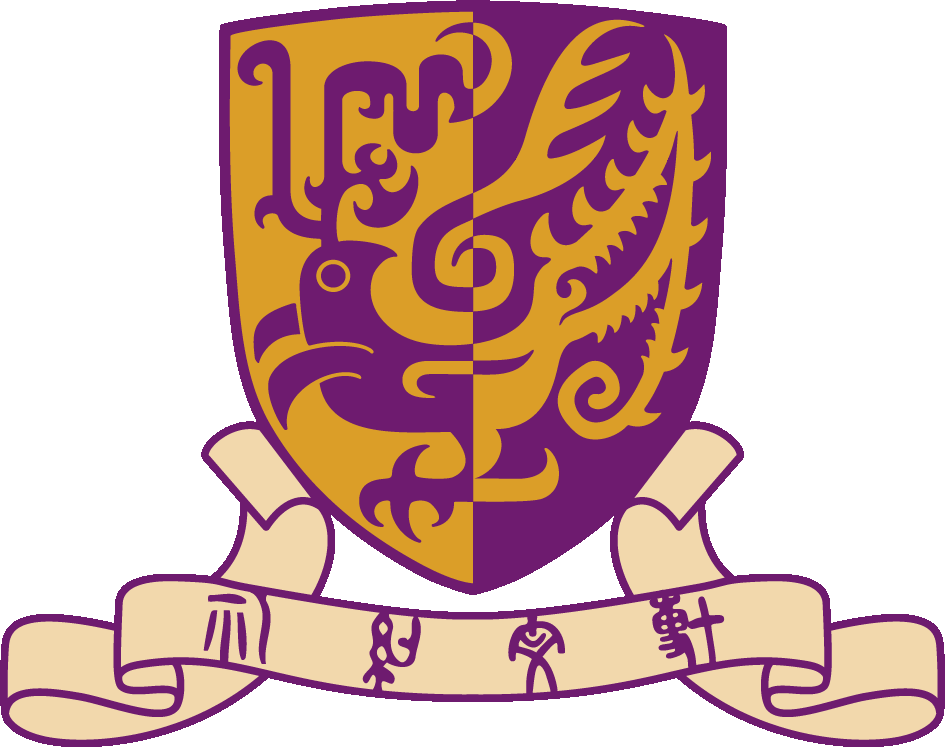
Biography
Dr. Lun Wong graduated from the Chinese University of Hong Kong and promptly joined the Department of Imaging and Interventional Radiology as a research assistant professor. He is a researcher specializing in artificial intelligence for clinical research. Dr. Lun Wong focuses on medical image processing and analysis, his expertise in deep learning algorithms and biostatistics has enabled him to derive valuable insights from complex medical data. By working closely with clinicians, Dr. Lun Wong has extensive experience in bridging the gap between technical knowledge and the clinical domain.
Dr. Lun Wong’s research interests mainly focuses on the design and investigation of artificial neural networks for radiology tasks, specifically in the area of head and neck cancer MRI imaging. Key areas of his research include:
- Early detection of nasopharyngeal carcinoma (NPC) using MRI and artificial intelligence (AI)
- Developing automatic methods for discriminating between nasopharyngeal carcinoma and benign hyperplasia using AI techniques including convolutional neural networks using MRI.
- Radiomics analysis methods to characterize various head and neck disease on MRI and also lesions in the maxillary sinuses on cone-beam CT.
Selected Publications
- Wong, L. M., et al. “Radiomics for Discrimination between Early-Stage Nasopharyngeal Carcinoma and Benign Hyperplasia with Stable Feature Selection on MRI. Cancers (Basel). 2022;14(14).
[IF-2022: 6.575; JCR-Radiology 39/134 (Q2)] - Wong, L. M., et al. “A convolutional neural network combined with positional and textural attention for the fully automatic delineation of primary nasopharyngeal carcinoma on non-contrast-enhanced MRI.” Quantitative Imaging in Medicine and Surgery 9 (2021): 3932-3944.
[IF-2021: 3.837; JCR-Radiology 39/134 (Q2)] - Wong, L. M., et al. “Convolutional neural network in nasopharyngeal carcinoma: how good is automatic delineation for primary tumor on a non-contrast-enhanced fat-suppressed T2-weighted MRI?” Japanese Journal of Radiology (2021): 1-9.
[IF-2021: 2.701; JCR-Radiology 85/134 (Q3)] - Wong, L. M., et al. “Convolutional neural network for discriminating nasopharyngeal carcinoma and benign hyperplasia on MRI.” European Radiology (2020): 1-8.
[IF-2020: 5.315; JCR-Radiology 22/134 (Q1)] - Wong, L. M., Shi, L., Xiao, F., & Griffith, J. F. “Fully automated segmentation of wrist bones on T2-weighted fat-suppressed MR images in early rheumatoid arthritis.” Quantitative imaging in medicine and surgery4 (2019): 57.
[IF-2019: 3.226; JCR-Radiology 39/134 (Q2)] - Zhang R, King AD, Wong LM, Bhatia KS, Qamar S, Mo FK, Vlantis AC, Ai QYH. Discriminating between benign and malignant salivary gland tumors using diffusion-weighted imaging and intravoxel incoherent motion at 3 Tesla. Diagnostic and Interventional Imaging. (2022) [In press].
- Zhang, Y., Zhang, J., Tse, K., Wong, L., Chan, C., Deng, B., & Zhu, J. (2016). “Pseudo-Hydrogen Passivation: A Novel Way to Calculate Absolute Surface Energy of Zinc Blende (111)/(͞ 1 ͞ 1 ͞ 1) Surface.” Scientific reports7 (2016): 1.
- Wang, D., Ma, D., Wong, M. L., & Wáng, Y. X. J. “Recent advances in surgical planning & navigation for tumor biopsy and resection.” Quantitative imaging in medicine and surgery (2015): 640.
Patents
- Approved non-provisional US Patent (Application no: 16/663,925) – “Automatic computerized joint segmentation and inflammation quantification in MRI” – Third inventor out of 3 (10%)
- Granted provisional US Patent (Application no: 63/382,759) – “Automatic nasopharyngeal cancer detection and report generation from screening MRI” – Third inventor out of 3 (33%)

